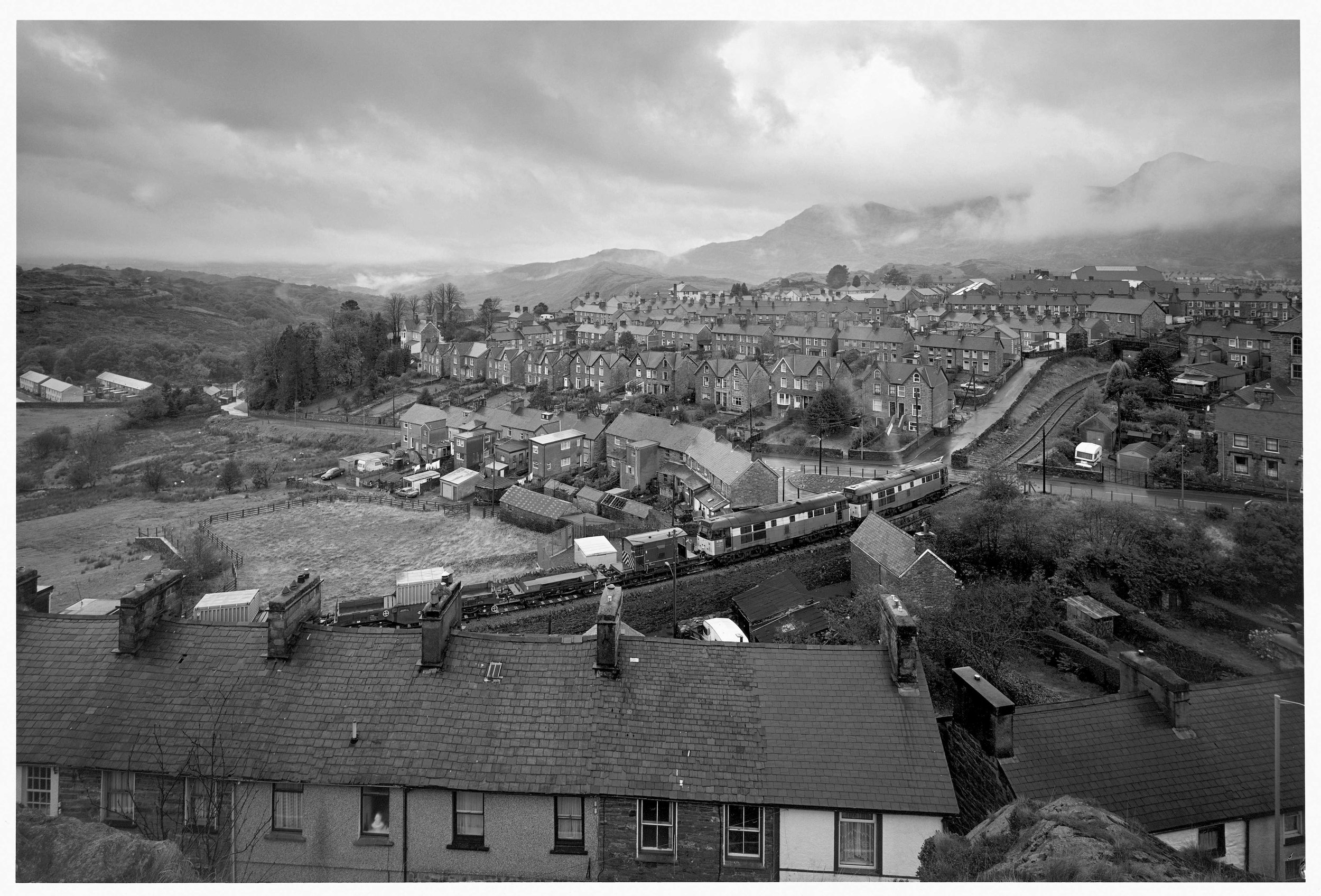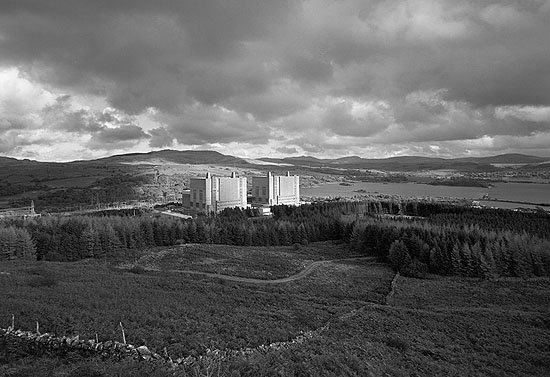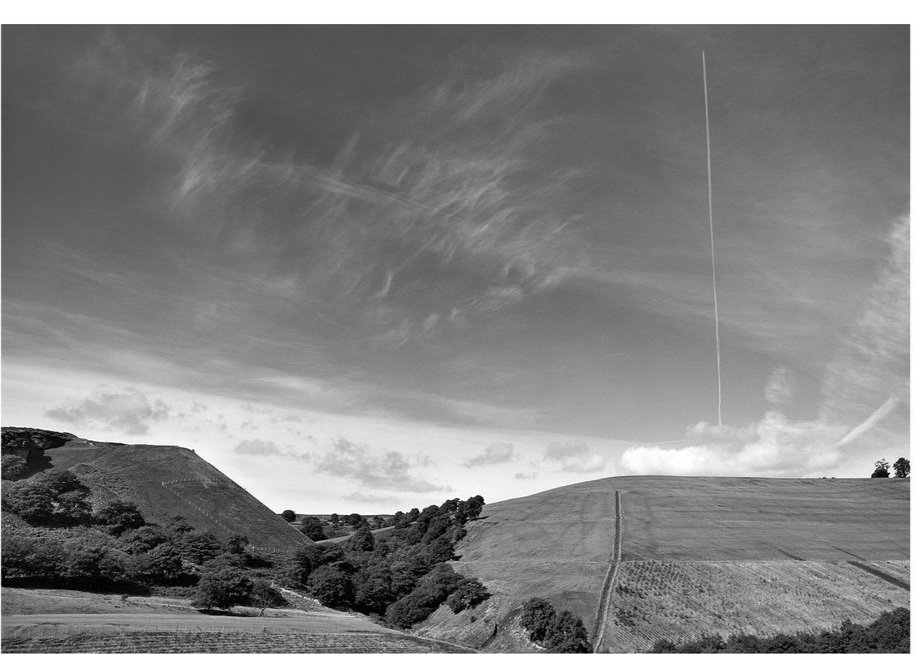NOW ALSO HOME TO OUR UNRIVALLED COLLECTION OF PHOTOGRAPHY BOOKS FOR SALE
John Davies
The Beauty of Truth - Post-Industrial Welsh Landscapes
22 April - 26 August 2023
‘During the early 1980’s I began to make pictures from high vantage points to map-out the terrain to see things in context, how things were inter-related with one another both in the rural and the urban landscapes. I was using wide-angle lenses to better capture all these inter-relationships between different elements of structures and land and sky formations, always asking questions about how these landscapes were formed – the myriad of social, political and economic as well as natural forces that shape the landscape.
At the same time, I wanted to make images rich in detail and tonality. Mostly using a 6x9cm format camera and medium speed film (ISO 100) I spent much time experimenting to achieve the best possible results through lens capture and processing the film negatives - the negative as the source for making the quality of print I wanted to achieve. Using a yellow filter over the capture lens to correct the spectral range (closer to what the human eye perceives) of standard B&W film, exposing film to achieve maximum shadow detail. Processing film to achieve a full tonal range and the finest of grain detail by temperature control and developing film for less than half the time recommended by manufacturers.
By the late 1980’s I was mostly making photographs in the built urban environment, so started to use a 5x4in view camera (often with 6x9 cm film back) in order to use the camera shift movements to correct perspective verticals of buildings. I’d find a place I was interested in capturing and then decide where was the best vantage point for light and context for maximum impact. If the view I wanted was from a roof or from a tower block I’d seek permission for access. But I’d always scout around an area first to find existing vantage points to see what I might discover – sometimes hills and sometimes multi-story car parks. Up until 9/11 and the security issues that followed most people were happy to help but became increasingly difficult after that.
All the pictures I made in the exhibition from post industrial Wales were made from natural hills or bridges freely available except Taffs Well Quarry where I risked trespassing laws.’
John Davies
ffotogaleri y gofeb is an accredited gallery operating the Arts Council Wales Collectorplan Scheme
About Arts Council Wales Collectorplan scheme
Over 50 galleries in Wales participate in the Collectorplan scheme which assists UK residents to buy original works of art and crafts by living artists.
Interest-free* credit loans start at £50 and run to a maximum of £5,000.
You only need to pay a 10% deposit upfront
The Collectorplan loan is repaid in monthly instalments by direct debit




